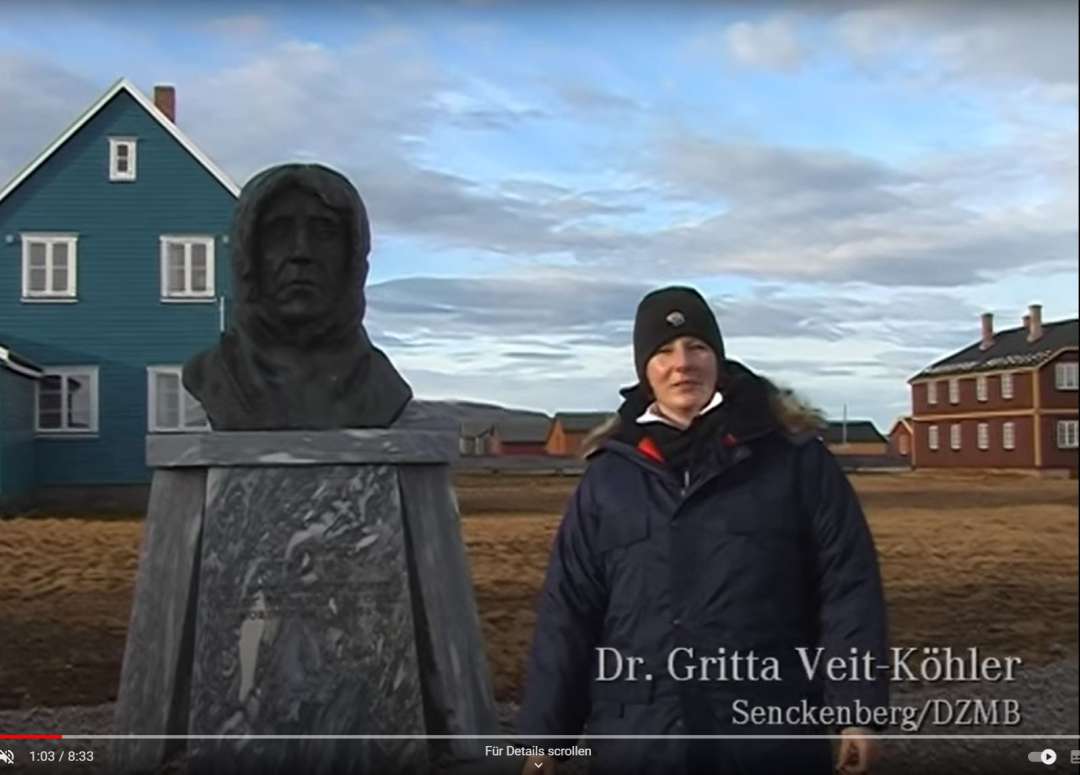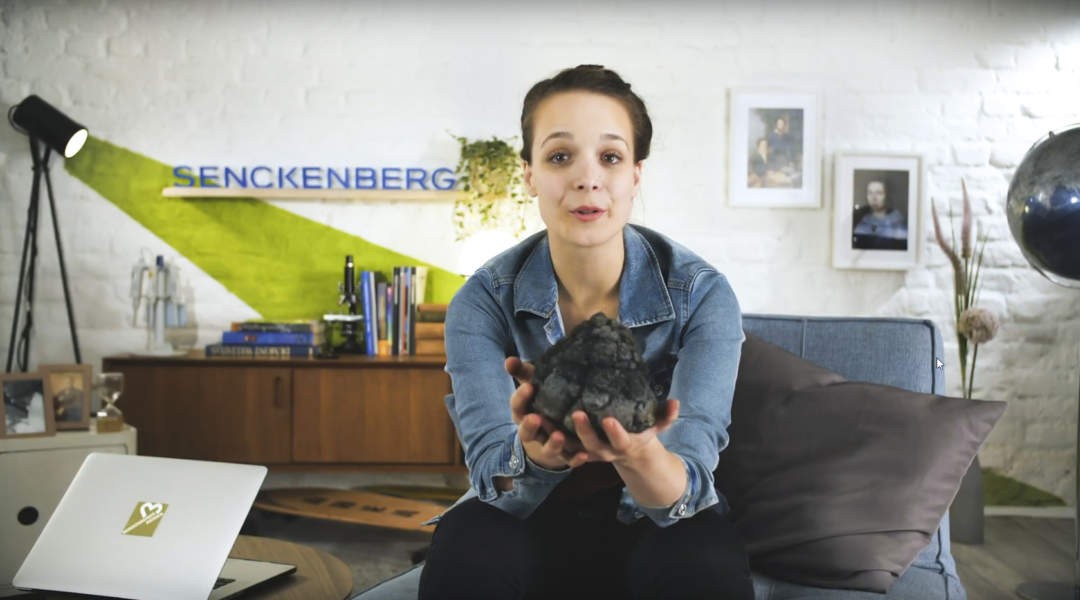
Vision Factory Medienproduktion GmbH
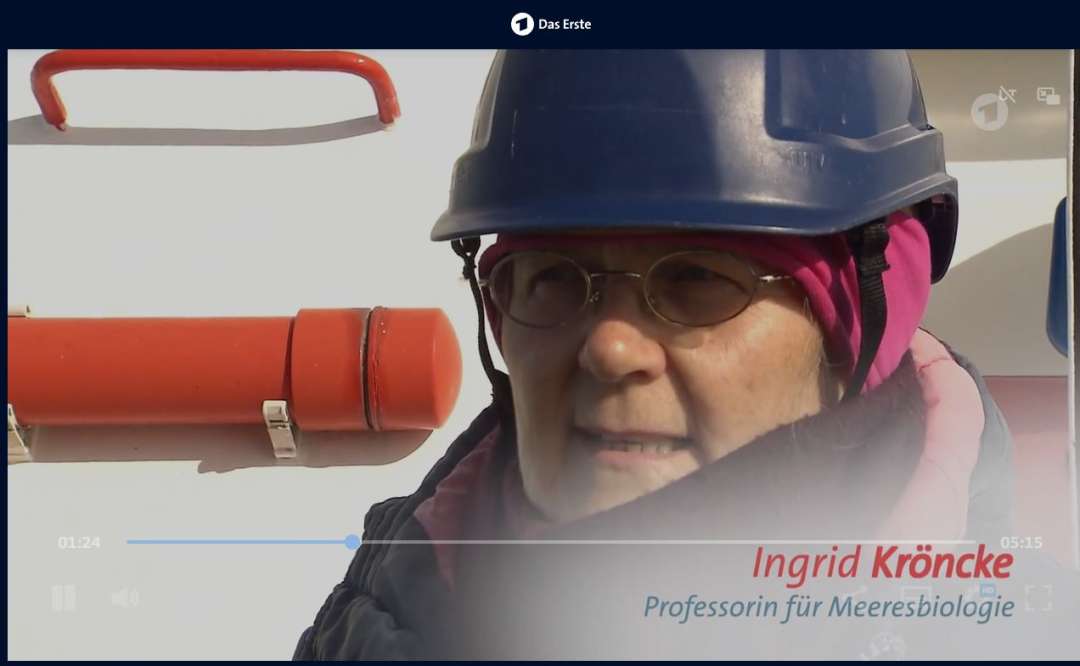
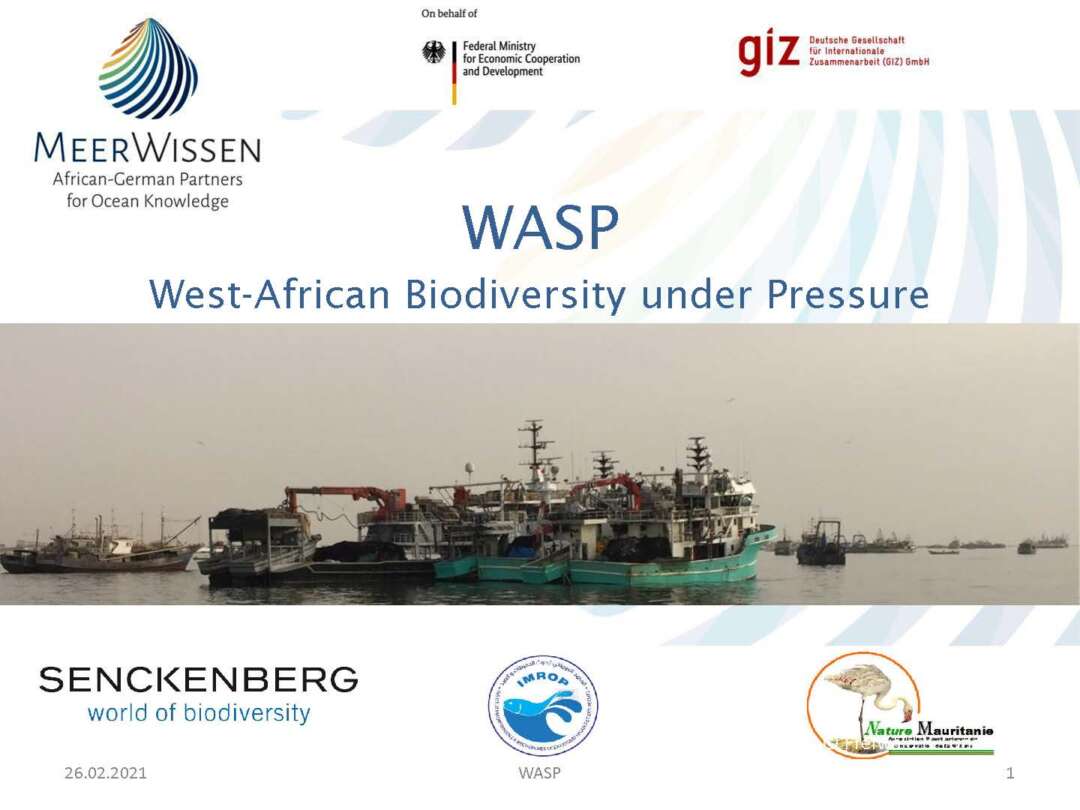
André Freiwald

André Freiwald
Ship’s waste used to be disposed of over the rail directly into the sea. Sailors casually referred to this as the “blue shelf” that held the waste. Even though this form of waste disposal is now frowned upon, marine pollution continues to increase. The images of huge rubbish whirlpools floating in the sea over large areas or of plastic waste that is the undoing of countless sea creatures and is now found even in the most remote marine areas of the Arctic and Antarctic as well as at a depth of 11 kilometres in the Mariana Trench are alarming. The lecture vividly demonstrates this, but does not leave it at apocalyptic thoughts, but also shows constructive ways how we can abolish the “blue shelf” and instead cultivate a “blue ocean”. Prof. Dr. André Freiwald is a palaeontologist and marine geologist, heads the marine research department of Senckenberg am Meer in Wilhelmshaven and holds the professorship of marine geology at the University of Bremen. On his expeditions, during which he investigates the seabed with underwater robots, he finds evidence of global pollution everywhere.
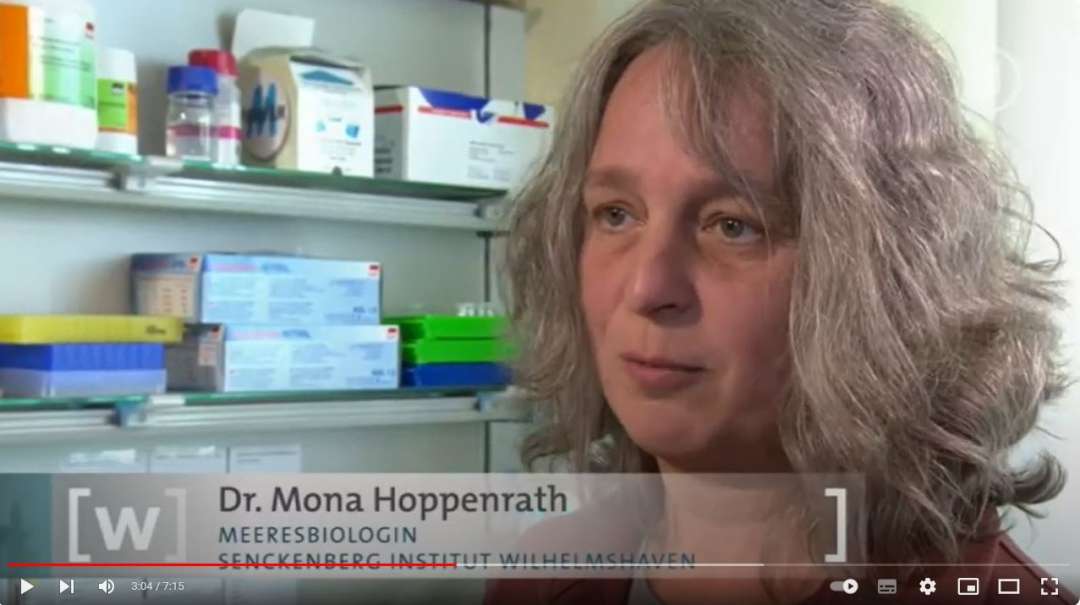
Nicol Mahnken
Join us with marine biodiversity specialist, Dr. Gritta Veit-Köhler of the Senckenberg Research Institute in Wilhelmshaven to learn more about the biodiversity of the deep sea. (broadcast 14.11.2011)
Marine zooplankton populations represent excellent “model organisms” for monitoring aquatic ecosystems. In order to understand shifts in the North Sea zooplankton community, a valid species identification is indispensable. To investigate the effectiveness of the COI gene to provide species-level identification for a wide variety of zooplankton taxa, with a special emphasis on meroplankton, we sequenced COI from 173 zooplankton specimens.
The establishment of a sequence library of morphologically identified adult species combined with larval stages that hampers traditional morphological identification, provides a valuable tool ideally suited to studying the biodiversity of the metazoan fauna of the North Sea through a barcoding approach.
This is a digital object contribution to the World Conference on Marine Biodiversity in Aberdeen, Scotland in 2011.
MOHRBECK, I., MARTÍNEZ ARBIZU, P., RAUPACH, M.J., LAAKMANN S. (2011)
Many unknown deep-sea species are waiting to be discovered. During the Census of the Diversity of Abyssal Marine Life CeDAMar, the abyssal plains of many regions of the World Ocean were sampled. Follow us on our long journey from sampling the seabed and working in the lab to describing a new species.
This is a digital object contribution to the World Conference on Marine Biodiversity in Aberdeen, Scotland in 2011.
KOTTMANN, J., POINTNER, K., GHEERARDYN, H., THISTLE, D., GLATZEL, T., KIHARA, T.C., VEIT-KÖHLER, G. (2011)
Der Biologe Dr. Kai George vom Forschungsinstitut Senckenberg am Meer (Abteilung DZMB) ist zu Gast bei Johannes B. Kerner und nimmt die Zuschauer mit auf eine Reise zu den bizarren Tieren der Tiefsee. Die Tiefsee ist eines der letzten weitgehend unerforschten Gebiete unseres Planeten. Obwohl rund 65 Prozent der Erde von Wasser bedeckt sind, ist selbst die Rückseite des Mondes gründlicher erforscht. In der Tiefsee herrscht ein unglaublich hoher Druck. Fische sollen noch in sieben Kilometern Tiefe existieren, wo U-Boote bereits zerquetscht würden wie eine Coladose von einer Dampfwalze. Wie Wissenschaftler kürzlich über die größte “Volkszählung der Meere” berichteten, tummeln sich rund 230.000 Arten in den dunklen Weiten der Ozeane – angefangen vom Einzeller bis zum Blauwal.
Anhand von spektakulären Exponaten und Bildern entführt Dr. Kai Horst George, Wissenschaftlicher Mitarbeiter des Deutschen Zentrums für Marine Biodiversitätsforschung (Senckenberg am Meer), ins Reich der Tiefe und erklärt bei “Kerner” welche faszinierenden Lebensformen in der Finsternis der Tiefsee leben.
(Sendung vom 9. September 2010)
Senkenberger Forscher auf der Expedition FS “POLARSTERN” ANT-XXIV-2 2007/8.
Dieser Film zeigt unseren Weg in die Antarktis, die logistischen Aufgaben der Expedition, unsere Arbeitseinsätze an Bord und Aufnahmen vom Tiefseeboden.
BRENKE, N., SIEGLER, V., VEIT-KÖHLER, G. (2008)
